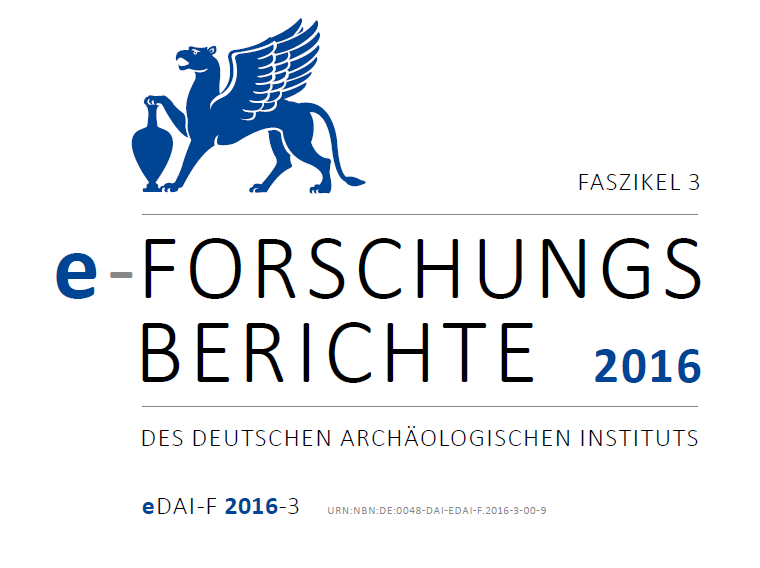Volksrepublik China: Silk Road Fashion: Textile Flächenbildung und Verschlusstechniken
https://doi.org/10.34780/a1j1-6191
Abstract
The well-preserved outfit of a ca. 40 year old horse rider who was excavated at Yanghai burial site near Turfan, Autonomous Region of Uyghur Xinjiang, P.R. China, provides the unique opportunity to study 3000 year old textile structures and manufacturing techniques. By in-depth research and confirmation through experimental reconstruction of garments we discovered twill, kilim and a particular type of weft twining (Taniko) have been applied in producing the man’s trousers. We paid special attention to plaited bands which served to close the garments: waist belt and bands for fastening the boots. First tests showed that intertwined sprang might have been used. Our results corroborate that techniques were intentionally chosen to produce a certain functionally and aesthetically desired material quality and ornament.Downloads
Veröffentlicht
2023-05-26
Ausgabe
Bibliographische Daten & Rezensionen
Citation Formats
Hallgren, M., Beck, U. und Wagner, M. (2023) „Volksrepublik China: Silk Road Fashion: Textile Flächenbildung und Verschlusstechniken“, e-Forschungsberichte des DAI, S. 36–47. doi: 10.34780/a1j1-6191.





